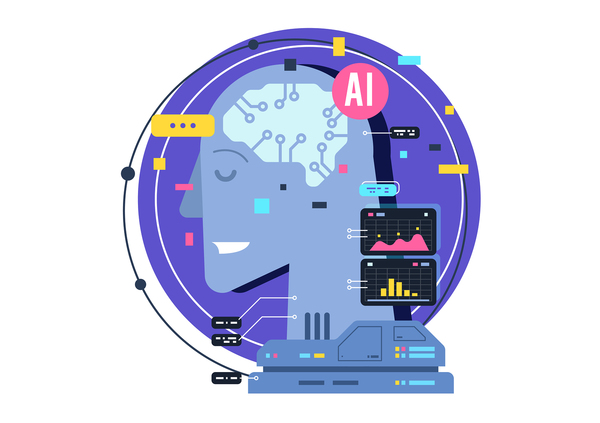Business intelligence is the new business imperative. While the technology we use is constantly changing, what has remained consistent over the past several years is the increasing need for companies to make their data actionable. Using data to drive decision making is increasingly vital to business leadership. Corporate c-suite teams that lack these business leadership strategies will frequently fall behind. What are the key data strategies making an impact in 2020?
Data is Our Biggest Asset
Business leadership is increasingly focused on developing data strategies that harness the power of our customer information, including market trends, supply chain, and anything else we can slice, dice, and analyze to improve the bottom line. When we have the leadership skills necessary to make data-driven decisions, our BI can be a source of competitive differentiation.
Here are five of the most critical trends in data BI this year that will help business leaders stay on top:
- Data collection using new technologies will make an impact this year. Gartner says there will be more than five billion Internet of Things (IoT) devices currently functioning. Each will collect data, often in real-time. Capturing, analyzing, and making sense of all this IoT information will change BI by flooding analysts with a tremendous amount of data from a wider variety of data sources.
- To process all this data, new artificial intelligence (AI) algorithms will automate mundane functions, frequently slowing down the analyst function. There is simply no other way to process all of the data at our fingertips. This year, new AI technologies will change how we process and visualize information, impacting how quickly and accurately we make decisions.
- Predictive analysis will become a standard part of the BI analysts’ repertoire. Predictive algorithms will be a staple in everything from data collation programs to data visualization. These programs will help us find the connection between data points and help us better predict future activity. This will help business leadership capitalize on market fluctuations to grow revenue or avoid risk.
- Natural language processing (NLP) helps companies gather and review text or language-based data. Called conversational analytics, NLP trains computers to process language in similar ways to humans, making the flow of information easier to understand. This will create new data-driven search models, calculations, and visualizations. NLP can help non-BI teams understand data, opening up self-service options within the enterprise that will free up data teams to focus on more than report generation. NLP will also help developers and analysts organize large amounts of unstructured datasets—tasks that may have even been conducted manually in the past.
- Finally, the last trend impacting the BI workforce, and business leadership is the increasing lack of BI talent in the market. This trend is not expected to dissipate in the coming years. While AI tools will help streamline the work of BI analysts, there simply aren’t enough of them to go around.

AI will have a huge impact on data analytics this year.
Traditional BI concentrates on data analysis to optimize current business processes and cut waste, but the new imperative, driven by technology, will be to automate functions and create future business strategies with more insight.
